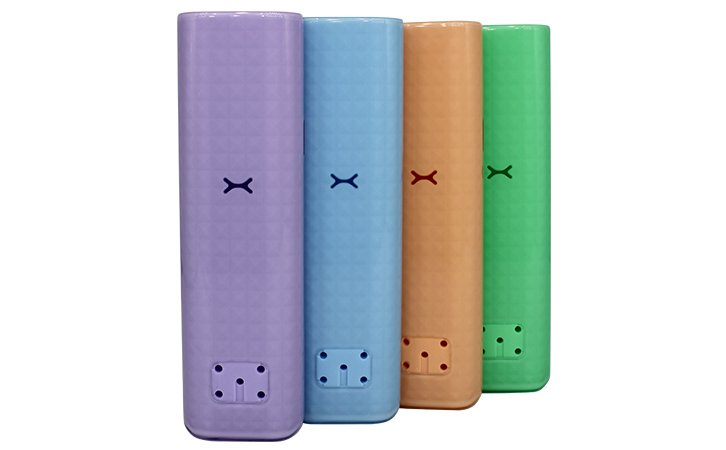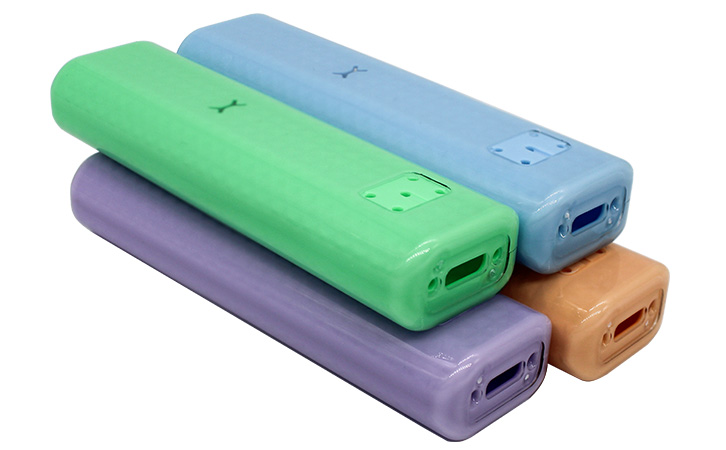1. Polycarbonate (PC)
Characteristics: High transparency, impact resistance, high temperature resistance (120-130 ℃), but may contain bisphenol A (BPA).
Usage: Glass, baby bottles, electronic device casings.
2. Polyamide (PA, Nylon)
Type: PA6, PA66
Characteristics: Wear resistant, high strength, high temperature resistance, but prone to moisture absorption.
Usage: gears, bearings, sports equipment, automotive parts.
3. Polymethyl methacrylate (PMMA, acrylic)
Features: High transparency, good weather resistance, but easy to scratch.
Usage: Optical lenses, lightboxes, car lampshades.

4. Polyurethane (PU)
Characteristics: Good elasticity, wear resistance, oil resistance.
Usage: shoe soles, car seats, seals.
5. PTFE
Characteristics: High temperature resistance (260 ℃), low friction coefficient, chemical inertness.
Usage: Non stick coating for pots, lining for chemical equipment.
Choose Suggestions
Food contact: Priority should be given to PP and HDPE, and PVC should be avoided.
High temperature environment: heat-resistant materials such as PC, PP, PTFE, etc.
Transparent requirements: PMMA, PC, PET.
Environmental considerations: Recyclable PET and HDPE, avoiding PVC containing plasticizers.
Each plastic material has its own advantages and disadvantages, and when choosing, factors such as temperature resistance, mechanical strength, chemical stability, and cost should be comprehensively considered.


